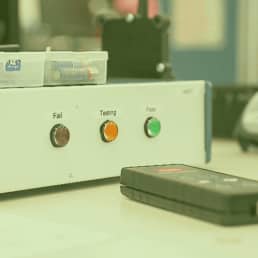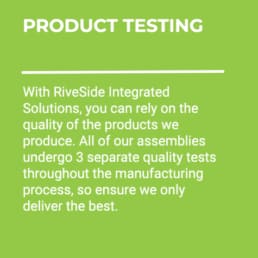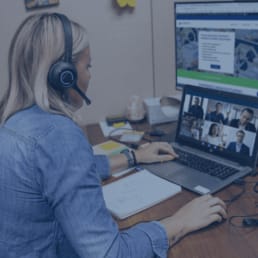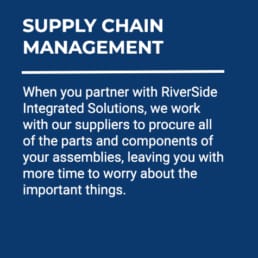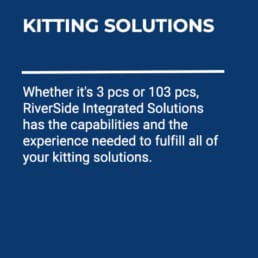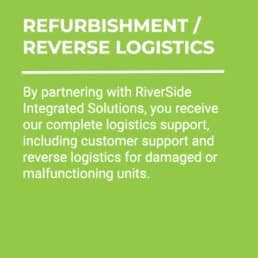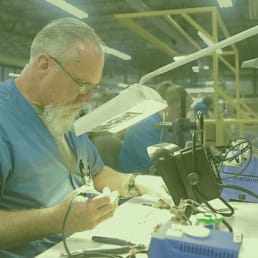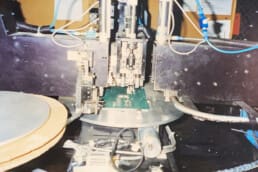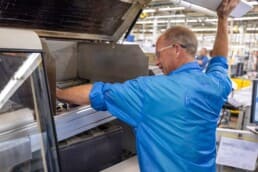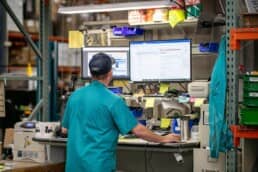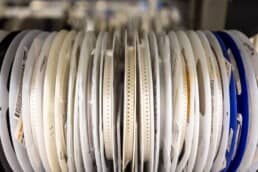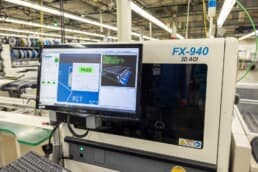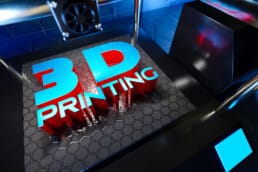Tips to Ensure a Robust Reverse Logistics Process
THE IMPORTANCE OF REVERSE LOGISTICS IN CUSTOMER CARE
When we buy something, we usually don’t think about what happens if we need to return it. But businesses need to plan for this situation. If a customer returns a product, it must go back to the company to fix or replace it. This is called reverse logistics. It’s important because it helps companies take care of their customers and recapture the value of the returned product.
Reverse logistics involves moving the product backward through the supply chain from the customer to the manufacturer. This process can include testing, repairing, recycling or reselling the product. To ensure everything runs smoothly, original equipment manufacturers (OEMs) must have clear procedures. And these should cover not just returns, but warranties and other activities related to reverse logistics.
OUTSOURCING REVERSE LOGISTICS FOR COST-EFFECTIVENESS AND EFFICIENCY
Because this can be so costly, many OEMs outsource their reverse logistics to partners like RiverSide Integrated Solutions (RIS). Many contract manufacturers specialize in this and other areas. This can save them time and money and allow them to focus on other essential aspects of their business.
Having an excellent reverse logistics strategy can benefit OEMs in many ways. It can save them money, make their customers happier and reduce waste. Plus, it can help them stand out from their competitors. So, it’s worth investing in a robust reverse logistics program.
CLEARLY STATE THE RETURN POLICY
One important thing to remember when running a business is to have a clear and easy-to-understand policy for returns. It can be frustrating for customers when they don’t know how to return a product. Doubly so if the process is confusing.
Ensure your policy is available for customers to see before they purchase and after receiving the product. It can be helpful to provide a simple guide that explains each step of the returns process.
Most importantly, follow your policy as advertised without making any changes.
MONITOR KEY METRICS
Monitoring the process of returning items is as important as any other step in getting products to customers. Companies need to understand why products are being returned. This is the only way to learn how to prevent it from happening as much in the future. This will help make the process of returning items smoother and more efficient.
ORGANIZE THE WAREHOUSE
When processing returns, it’s always best practice to keep them together in one area of the warehouse. This makes it easier for the people working there to handle the return and saves time.
It also helps get the item ready to sell again faster!
UTILIZE RMAS
When you buy something and need to return it, there is a process called Return Material Authorization (RMA). This process helps you describe why you are returning the item. This gives the people who handle returned items a leg up on deciding what to do with it. This is important because the faster they can process returns, the less money is spent on transportation and handling. Without a good RMA process, each return takes a lot of time to figure out, which can be expensive.
BE PREPARED FOR CROSS CHANNEL RETURNS
When you buy something online then return it to a store, it’s called a cross-channel return. This is happening more and more as people shop online. If the store doesn’t typically sell what you’re returning, they need to figure out what to do with it. Sometimes they’ll sell it for less to get rid of it quickly. Other times they’ll send it wherever they can try to get the most money for it. They need to know if other people want to buy it so they can make the best decision. To do that, they need good information that everyone can see.
About RiverSide Integrated Solutions
RIS is an advanced contract manufacturer providing robust solutions in circuit board assembly and product assembly. We employ more than 350 people and provide services to OEMs worldwide. We operate two state-of-the-art manufacturing facilities within the US.
With all of the choices in contract manufacturers out there, we know it can be challenging to find someone who understands your business model and has your best intentions in mind. RIS has always proven to be a win-win-focused relationship.
As your one-stop shop, we have the capabilities, capacity, quality assurance standards and resources to support all of your manufacturing needs. We understand that supply chain management is complex and very time-consuming, so we urge our customers to utilize us in the fullest capacity.
Our total-package solutions include:
- Extensive supply-chain network
- Full box-build assembly
- Dedicated Program Team
- Warehousing, kitting and drop-shipping capabilities
- Reverse logistics
- Flexible order fulfillment
- Scalability to meet your needs
Contact us today at (507) 523-3220 to see how we can help with your manufacturing project, or click contact us for a quote.



